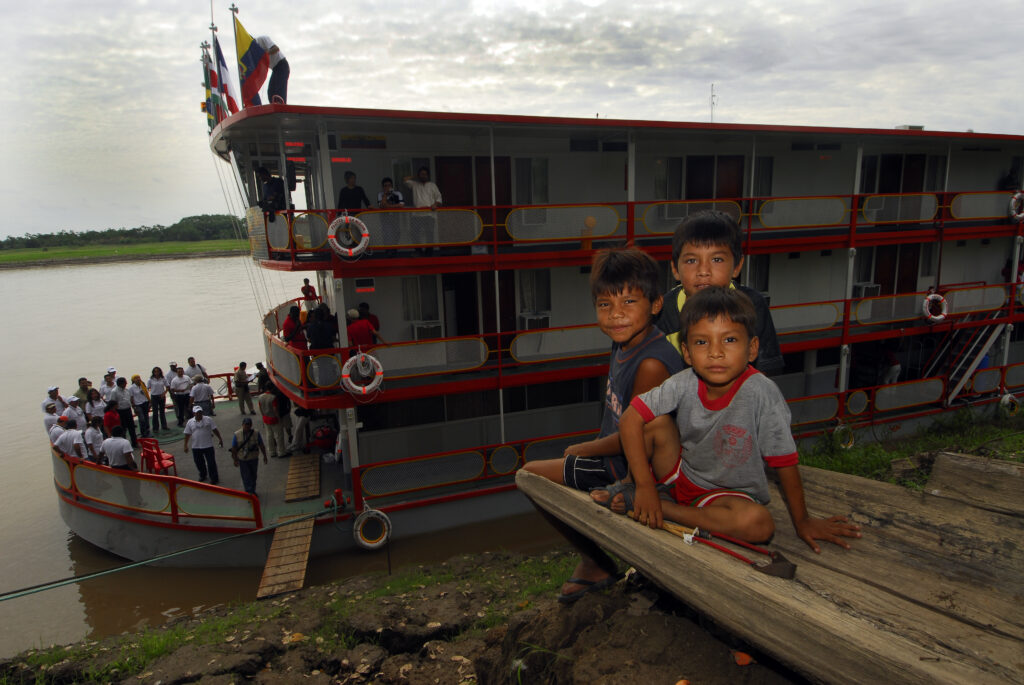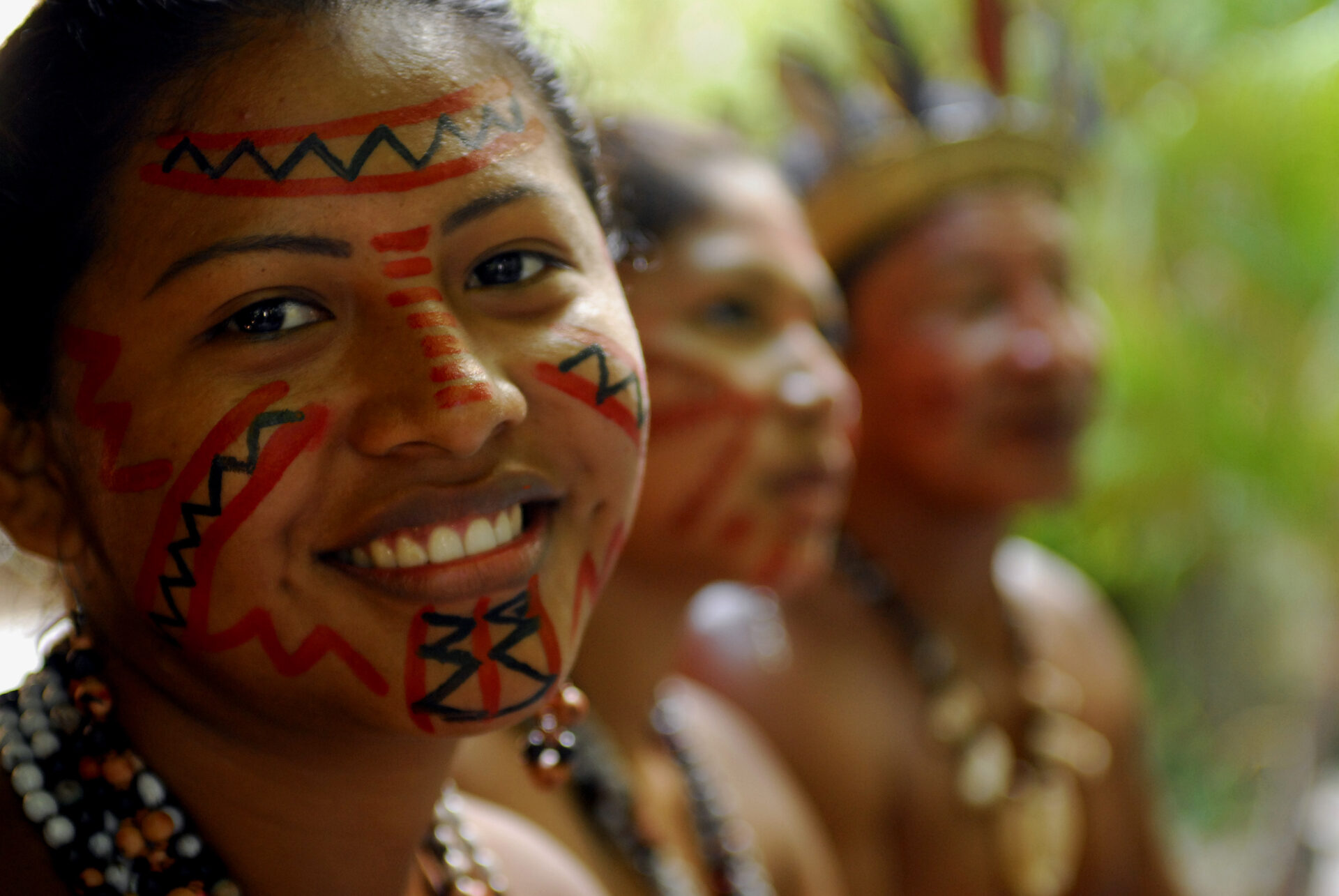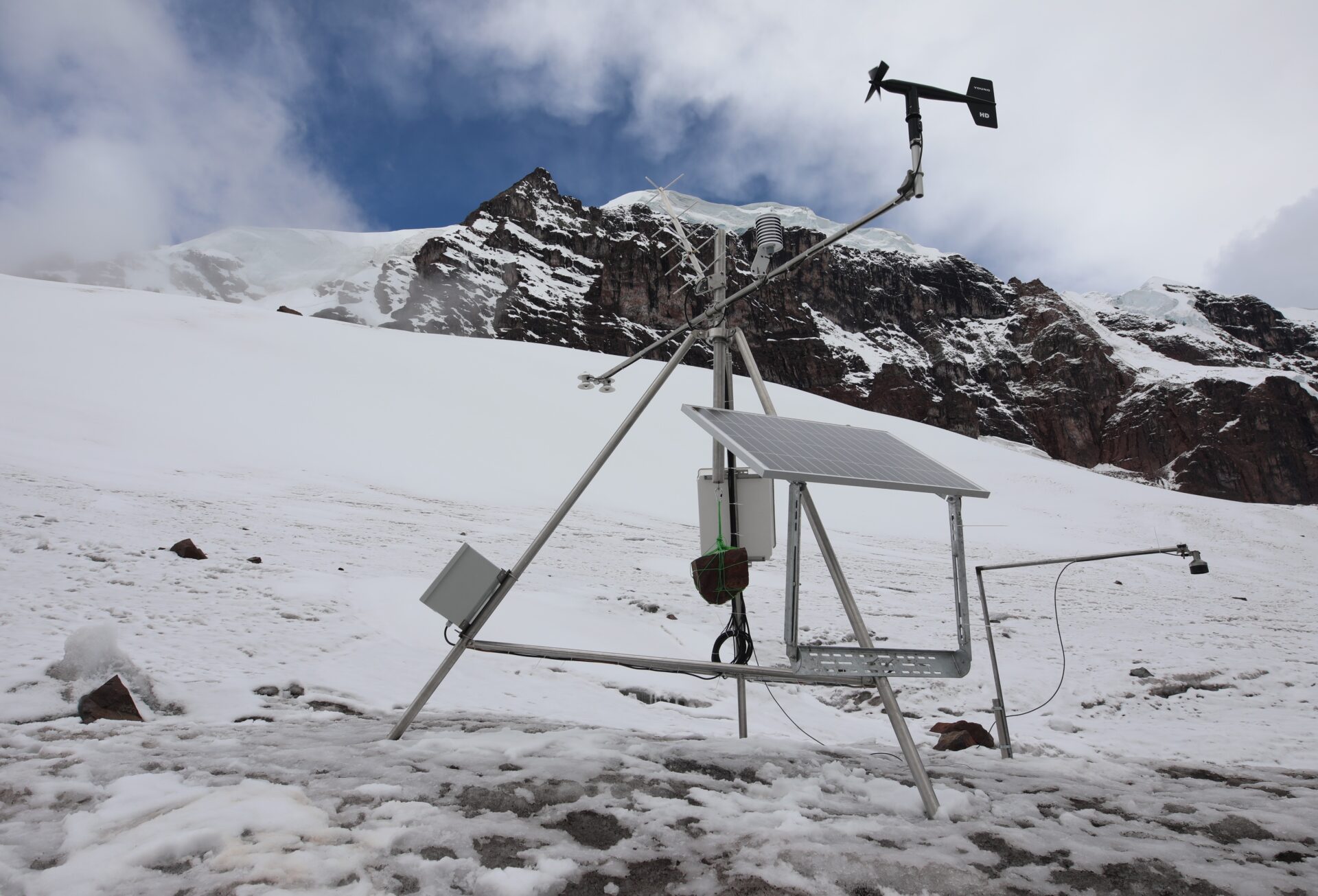United by a shared vision of the integrated and sustainable management of Amazonian water resources, the eight countries that make up the Amazon Cooperation Treaty Organization (ACTO), acting in concert and in an articulated and cooperative manner and aiming to establish a common agenda for promoting the sustainable development of the Amazon and combating the socio-environmental degradation of the biome, are making progress in implementing strategic actions to consolidate the integrated management of the waters of the Amazon Basin, a basin of more than 6 million square kilometers.
Agreed in 2017, after a participatory process of identification and diagnostic analysis of transboundary problems, the Program of Strategic Actions for the Integrated Management of the Amazon Basin (SAP) is being implemented through a portfolio of regional and national projects and initiatives making progress towards creating an innovative governance model, as well as promoting adaptation to climate change and producing knowledge about the basin.
Regional actions coordinated by ACTO in the context of the implementation of the SAP have promoted significant advances in terms of strengthening water governance, integrated monitoring of surface waters in the Amazon, seeking to reduce technical and institutional asymmetries between countries, and also with regard to the protection of groundwater and the establishment of early warning systems for extreme climate events.
ACTO and its Member Countries understand that, through the SAP, they are acting in line with the call of this year’s World Water Day, whose theme is Water for Peace. The integrated management of Amazonian waters, as defined in the SAP, is, in essence, a promoter of peace, justice and democratic citizenship.

Photo: Sergio Amaral / ACTO
The Amazon Network of Water Authorities (RADA)
A fundamental instance of cooperation for strengthening the management of surface and groundwater in the Amazon was established during the Amazon Summit (Brazil, 2023) and expressed in the Belém Declaration, the final document of the event that brought together presidents and authorities from the eight countries. The Amazon Network of Water Authorities (RADA), proposed within the framework of the Amazon Basin Project – Implementation of the SAP (ACTO/GEF/UNEP), had its creation ratified simultaneously with the decision to support the institutional strengthening of ACTO as an instrument for the sustainable, harmonious and inclusive development of the Amazon and the improvement of the national capacities of the States Parties.
The ANWA is therefore the institutional instance for cooperation and mutual support for the management of water resources in the Amazon and decision-making on the implementation of the SAP, such as the establishment of regional protocols for monitoring systems, the strengthening of the countries’ technical, technological and institutional capacities, technological innovation and intercultural dialogue. Its creation gives impetus to actions to mitigate the risks of water insecurity and the negative impacts of climate change on Amazonian territories.
Environmental Monitoring
In order to provide fundamental support for the integrated management of the region’s water resources, ACTO, through the Amazonas Project (ACTO/ANA/ABC), one of the PAE’s implementation projects, has established two surface water monitoring networks in the region, the Amazon Hydrological Network and the Water Quality Network. The networks operate within the Amazon Regional Observatory (ARO), the ACTO Reference Centre for Information on the Amazon, providing harmonized, validatable and systematic regional information from the data generated by 244 physical and virtual monitoring stations, 153 of which are operated by the countries and 91 by the HYBAM Observatory, which specializes in monitoring the Amazon’s water resources.
Strategically distributed in an area that includes the headwaters of the main tributary rivers and extends to the mouth of the Amazon River, the stations produce data on rainfall volumes, river levels and flows, temperature, pH and turbidity, among other variables.
In the coming months, ACTO, with the support of South-South Cooperation, will incorporate ten new Data Collection Platforms (DCP) into the Amazon Hydrological Network to strengthen monitoring in the most critical sub-basin of the Madeira River, where there have been historic droughts and floods. Bolivia and Peru will each receive five platforms. The monitoring data produced by the new DCPs will be fundamental for informing the warning and anticipation system for extreme hydroclimatic events that will soon be established in the region, as part of the implementation of the PAE, with the support of the Amazon Basin Project.
This initiative is also responsible for developing the Integrated Regional Information Platform on Water Resources Management in the Amazon Basin, which will bring together data from all the countries, generating key indicators for decision-making by public and private institutions and civil society, water resources management, the conservation and protection of the Amazon Basin’s aquatic ecosystems and compliance with international agreements to which the Amazon countries are signatories. The platform will be integrated into the ORA.
Amazon aquifer systems
ACTO’s work is not limited to surface water, but also aims to strengthen the integrated management of groundwater in the Amazon and the existing regional governance, where the implementation of the SAP’s actions will take place through the Project Towards a better understanding of Amazonian aquifer systems for their protection and sustainable management (OTCA/GEF/UNEP/IDB), which aims to promote a common understanding of Amazonian aquifer systems for their sustainable management.
Although this system is thought to underlie parts of the territories of Bolivia, Brazil, Colombia, Ecuador, Peru and Venezuela, its actual extent and dynamics are not known in their true magnitude. In fact, it is expected to extend beyond the area currently known.
By promoting the improvement of technical-scientific knowledge of Amazonian aquifer systems, this project hopes, among other results, to promote the development of a Strategic Action Plan, cross-border cooperation and coordinated groundwater management at regional and national level.
Gender mainstreaming
Taking into account the fundamental role of women in environmental management and the importance of their equal participation in decision-making related to water resource management, ACTO, with the support of the Amazon Basin Project, is developing the countries’ capacities to plan, monitor and evaluate the incorporation of gender issues in the implementation of the SAP, as well as to deepen regional cooperation in this area.
To this end, in August 2023, the Organization began a series of trainings in all Amazonian countries for professionals working in the area of Integrated Water Resources Management (IWRM) and other national actors interested in learning about gender mainstreaming and being able to effectively incorporate it into plans, projects, programs and policies. So far, 100 professionals have been trained in Bolivia, Brazil, Colombia, Guyana, Peru, Suriname and Venezuela.

Manaus (AM), Brasil – 18/07/2006. Expedition “Knowing the Amazon: ACTO and the Youth. Caminos de Orellana.” The visit to the Palacio Rio Negro Cultural Center included a unique experience: indigenous people from the Tuyuca ethnic group shared their ancestral rituals with the expedition members. Photo: Sergio Amaral / ACTO
Community resilience
Through the Amazon Basin Project, the implementation of the SAP foresees specific interventions that in total will directly and indirectly benefit 7.8 million people in the eight countries of the region, including the promotion of water security in cities and communities in Bolivia and Peru that depend on the waters of the Andes, such as the Bolivian capital La Paz, and the establishment of Early Warning Systems (EWS) to increase the resilience to the occurrence of droughts and floods of populations living in critical regions of five Amazonian countries – Bolivia, Brazil, Ecuador, Peru and Venezuela.
Other interventions are establishing nature-based solutions to minimize the effect of floods, recover terrestrial ecosystems and mangrove areas and conserve river basin headwaters in Ecuador, Guyana, Suriname and Venezuela. In Brazil, an innovative financing mechanism is already operating with payments for the provision of socio-environmental services by traditional communities, combining the production and sale of forest seeds with the recovery of degraded areas on the banks of the Xingu River, one of the Amazon’s most important tributaries. In Colombia, Ecuador and Suriname, this mechanism will be used to preserve and conserve water sources, recover mangrove areas and improve water quality.
Related news
Post
16 de December de 2025
The roundtable discussion “Results of the Amazon Project and Prospects for Water Resource Management in the Amazon Basin” was held [...]
Post
28 de November de 2025
Water is the central element through which most of the impacts of climate change manifest themselves: more intense droughts, extreme [...]
Post
27 de November de 2025
Four glaciological, meteorological, and hydrometric monitoring stations have been installed in the Vilcanota and Carabaya mountain ranges in southern Peru [...]




